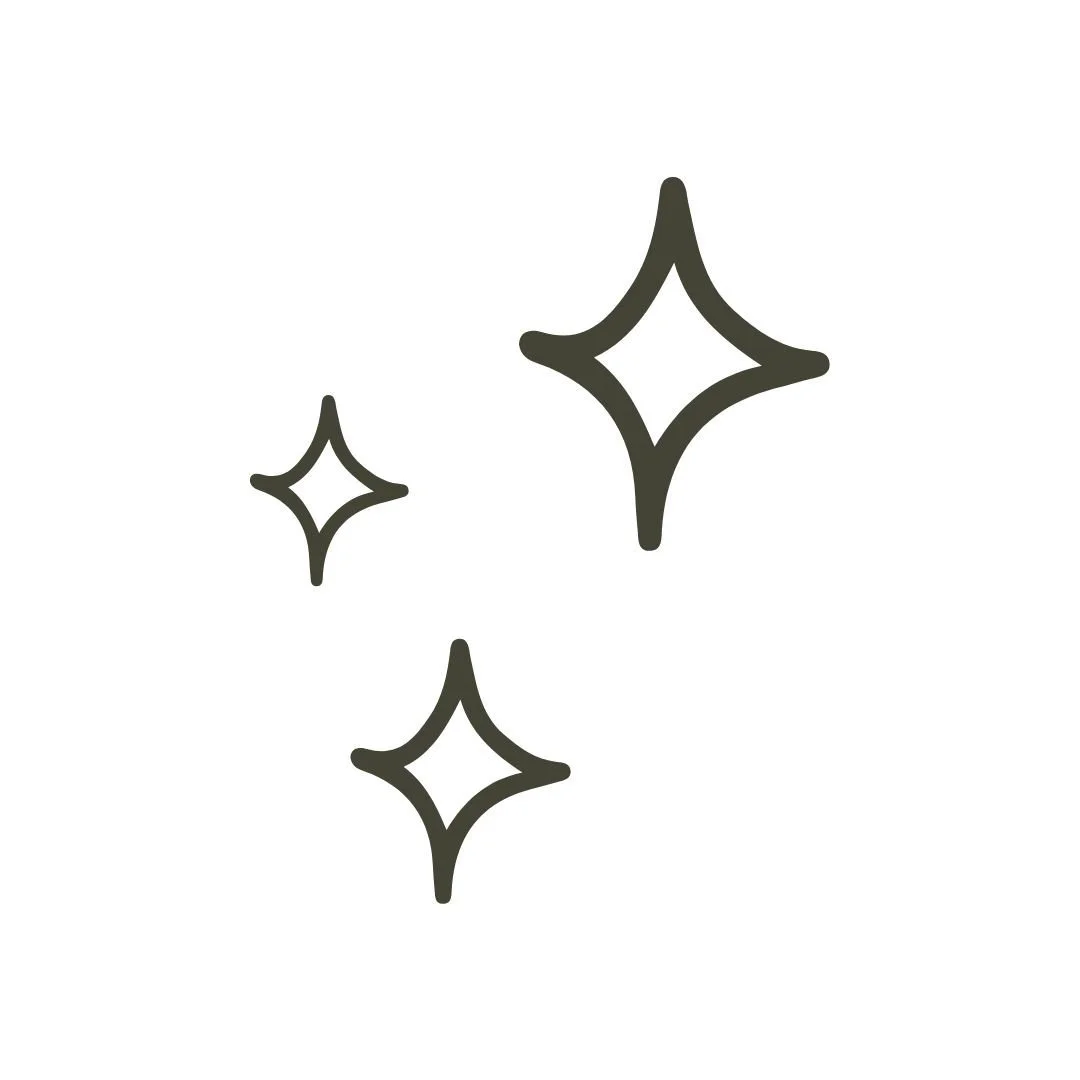Who Is the Zodiac Man?
As far back as the Hellenistic era (323-31 BCE), different body parts were assigned to different zodiac signs and planetary rulers which formed the basis of medical astrology. This was usually illustrated as an image of a man with zodiac signs surrounding him and arrows pointing to the corresponding body parts. This graphic was called the Zodiac Man although it was also sometimes referred to as Homo Signorum or “Man of Signs.”
Its earliest extant appearance lies in the work of Marcus Manilius, a Roman poet and astrologer. In his long-form poem Astronomica, he assigns corresponding zodiac signs to body parts. While this is our earliest record of this system, it is likely that the concept of the Zodiac Man originated much earlier, thousands of years ago in Ancient Babylon, when it was common belief that our human bodies aligned with the frequencies of the heavenly bodies.
The Zodiac Man often appeared in Christian prayer books popular in the Middle Ages called Books of Hours that included calendars of feast days and zodiac signs. Images of the Zodiac Man also frequently appeared throughout our early history in philosophical, medical, and astrological treatises.
The Zodiac Man was referenced by medical practitioners throughout the ages and used to determine appropriate days for surgery, bloodletting, and other medical procedures. Claudious Ptolemy allegedly cautioned against performing surgery on a body part when the moon was found in its corresponding sign.
These zodiacal correspondences are shown in The Astrology Book: The Encyclopedia of Heavenly Influences by James R. Lewis as the following:
Aries: Head, face
Taurus: Neck
Gemini: Shoulders, arms, and hands
Cancer: Breasts and stomach
Leo: Heart and back
Virgo: Intestines
Libra: Kidneys, small of back, genitals
Scorpio: Bladder, reproductive organs
Sagittarius: Hips, thighs
Capricorn: Bones, skin, knees, teeth
Aquarius: Shins, ankles
Pisces: Feet
In The Astrology Book: The Encyclopedia of Heavenly Influences, the following planetary correspondences are shown:
Saturn: Bones, knees, spleen, teeth
Jupiter: Arteries, blood, lungs, ribs, sides, veins, reproductive seed
Mars: Gall bladder, kidneys, reproductive organs, veins
Sun: Left eye (woman) right eye (man) heart, sinews
Venus: Kidneys, small of the back, reproductive organs and seed, throat
Mercury: brain, hands, tongue
Moon: left eye (man) right eye (woman) brain, bladder, stomach, bowels, womb
Marcus Manilius, in lines 2.453-465 of his long-form poem Astronomica aligns the zodiac signs with body parts in the following way:
The head of the ram before all the leader lottery census of its beautiful neck Taurus, and in the jewels of equal arms lot are connected to the shoulders, chest Under Cancer, the bricks that the kingdom of Leo, Virgin down to the lot, Balance rules clunes and scorpions, Centauro female approach Capricorn both He commands the knees, the legs of the foundation of the Aquari the decision is to say, the rights of the fish of the feet, they demand it.
In planetary magic, these correspondences are significant. If we want to heal an injured knee, we can use herbs, stones, incenses, and candles corresponding with Capricorn and Saturn in our magical workings. The knee is fairly simple to work with, as the arrows point to Capricorn and Saturn. However, if we want to heal our reproductive organs, we might need to use herbs and other items that correspond to both Scorpio and Mars as well as Libra and Venus. If we want to help someone with memory loss, we might use correspondences with Mars and Aries (the head) as well as Mercury (brain) and Gemini (memory).
This type of work requires intuition and deep embodied feeling regarding what is right. It can also require practice over time to find out the exact right herbs, stones, candles, etc. for you. It is helpful to explore different methods and discover which correspondences produce the best results. Candles and incenses corresponding to the planets are particularly effective. Another excellent source of planetary herbal correspondences is Cunningham’s Encyclopedia of Magical Herbs.
Schedule an astrology reading and discover which zodiacal correspondences will be most empowering for your life.
Sources
Cunningham, Scott. Cunningham’s Encyclopedia of Magical Herbs.
Lewis, James R. The Astrology Book: The Encyclopedia of Heavenly Influences.
Manilius, Marcus. Astronomica.
More From the Blog
Search my website and blog for any key word



















